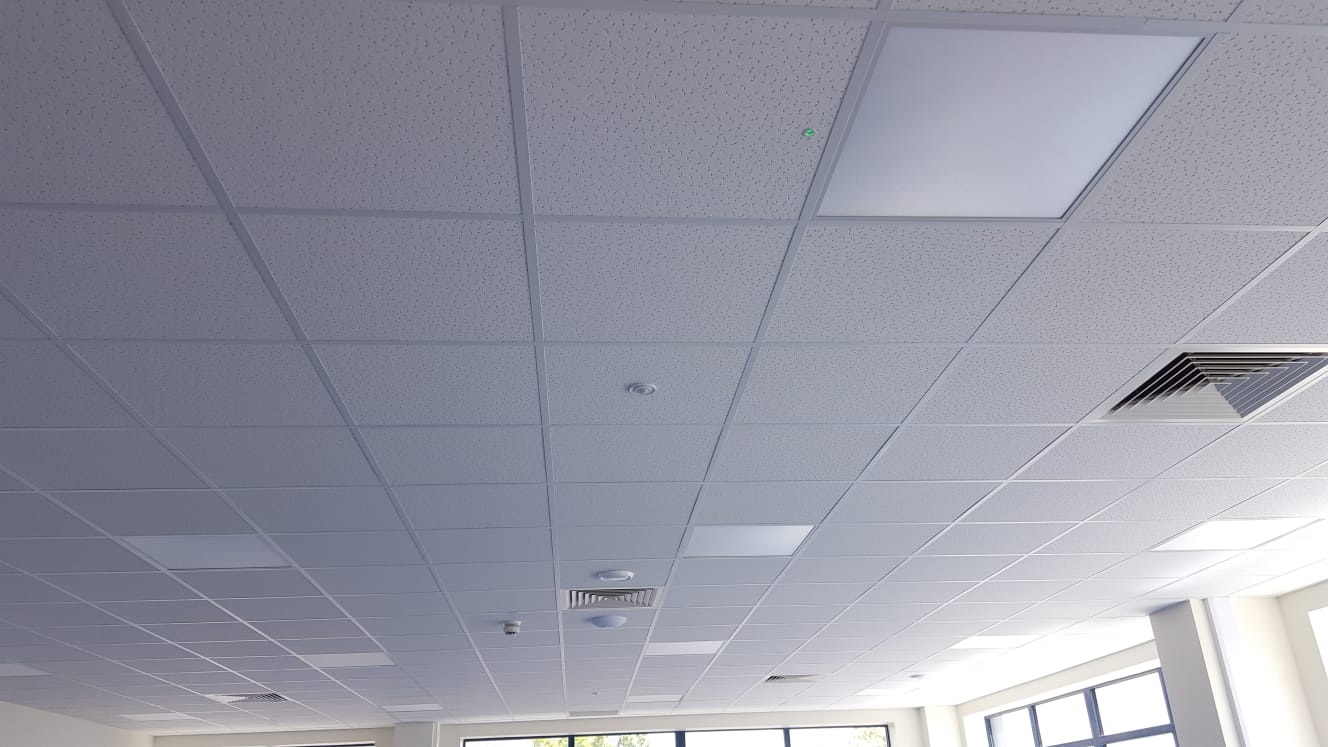Suspended ceiling, also known because drop ceilings or false ceilings, are secondary ceilings suspended below the main structural ceiling of your room or making. They are broadly used both in commercial and residential settings for various practical and aesthetic functions. Suspended ceilings comprise of a main grid framework of material tracks suspended by wires from the particular main ceiling construction, with ceiling floor tiles or panels placed inside the grid.
Aesthetic Enhancement: Suspended ceilings give a versatile and customizable solution intended for enhancing the image appeal of internal spaces. These come in a new variety of supplies, textures, colors, plus patterns to go with different architectural designs and interior designs.
Concealment of Infrastructure: One of the particular primary reasons stopped ceilings is to disguise unsightly structural factors, mechanical systems, electric powered wiring, plumbing, duct work, and HVAC components located above the threshold plane. This produces a clean and seamless appearance when providing easy gain access to for maintenance plus repairs.
Acoustic Control: Suspended ceilings can improve acoustics simply by reducing noise ranges within an area. Acoustic ceiling ceramic tiles or panels are made to absorb sound dunes and minimize reverberation, creating an even more comfortable and successful environment for residents.
Thermal Insulation: Stopped ceilings can lead to thermal insulating material by creating an additional air space between the main roof and the hung ceiling. Suspended Ceilings Stanmore helps to decrease heat transfer among interior and exterior spaces, causing in energy savings and improved cold weather comfort.

Fire Level of resistance: Many suspended limit systems are designed to fulfill fire safety polices and standards by incorporating fire-resistant elements and assemblies. Fire-rated ceiling tiles and grid components aid to contain fire and prevent its spread, providing valuable time intended for occupants to evacuate safely in the event of a fire emergency.
Overall flexibility and Accessibility: Suspended ceilings offer versatility in terms of installation, customization, and accessibility. Ceiling tiles can be easily removed and replaced in order to accommodate changes in lights fixtures, ventilation methods, or other ceiling-mounted equipment. Access systems can also be installed within the grid system for convenient access to above-ceiling utilities and facilities.
Cost-Effective Solution: Suspended ceilings are usually cost-effective compared to be able to traditional drywall ceilings or other threshold finishing methods. These people require less labor and materials intended for installation and maintenance, thus, making them an useful choice for each new construction and renovation projects.
Overall, suspended ceilings provide a practical and even aesthetically pleasing option for improving the particular functionality, comfort, plus visual appeal of interior spaces whilst addressing various architectural and design requirements.
